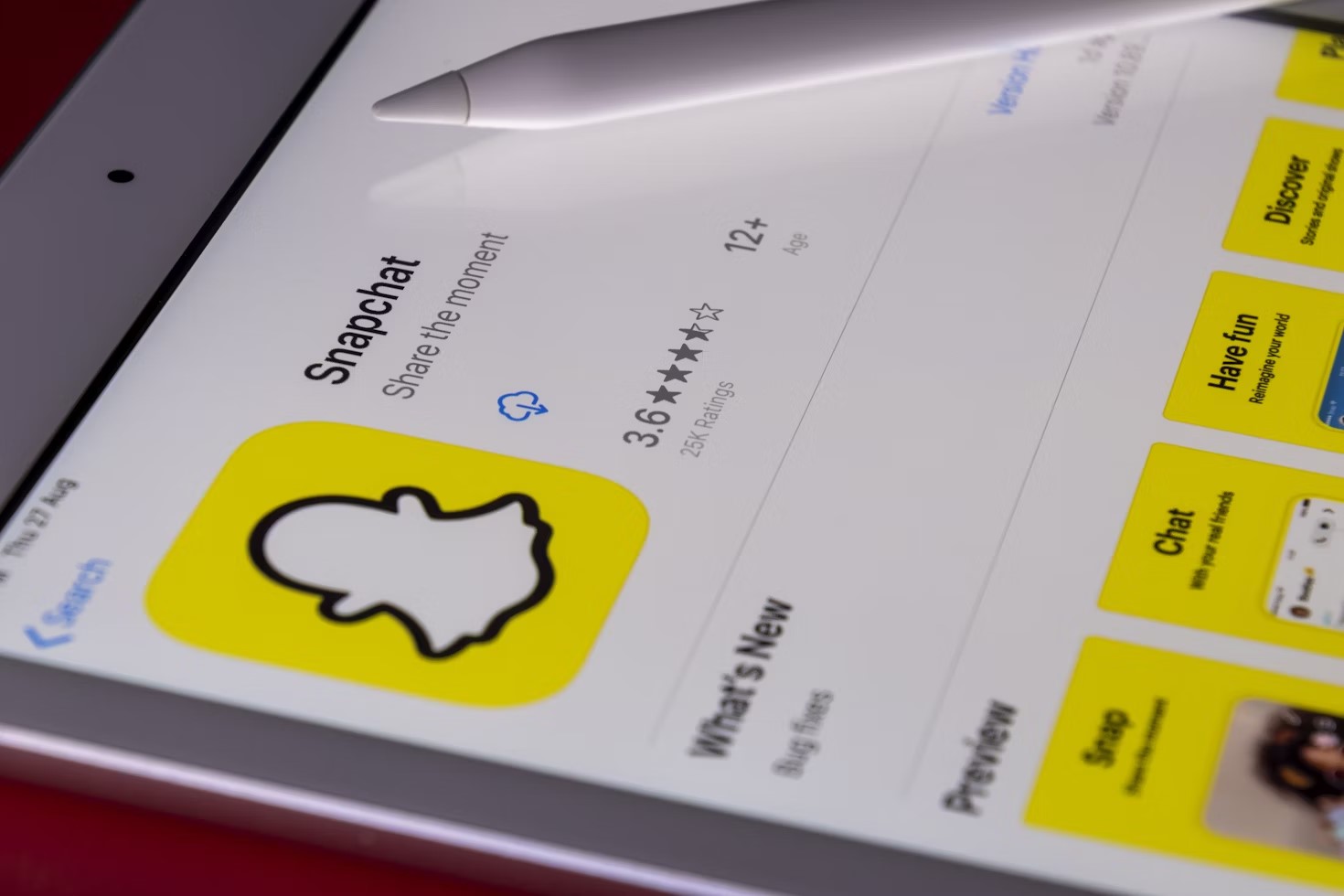
Today, 73% of customers say that customer experience is their top deciding factor when choosing whether to buy from a brand. So, knowing your customer isn’t enough — you need to understand and anticipate their every move. This is where customer journey automation comes in. It’s a game-changer for businesses that are looking to deliver timely, personalized experiences at scale. So, what does it really mean, and why is it such a big deal? Let’s take a closer look.
What is Customer Journey Automation?
A customer journey is the complete experience a prospect has while interacting with your brand — from their first discovery all the way through to purchase and beyond. It includes every touchpoint across channels like websites, social media, emails, and customer support.
Caption: Improve customer experience with customer journey automation
Automating this process by using tech helps to guide leads through personalized, multichannel experiences based on their behavior, preferences, and interactions with your brand. This ensures the omnichannel delivery of the right message at the right time, improving engagement and building stronger relationships with your customers.
Why Does It Matter?
Customer journey automation is an essential tool for delivering a seamless, personalized customer experience. Here’s how it translates to improved customer loyalty and ultimately, your brand’s long-term growth.
Hyper-Personalized Experiences
A study found out that 88% of online shoppers are more likely to continue shopping on a retailer website if it is personalized to their shopping behavior and past interactions. Customer journey personalization made possible through automation uses behavioral data to serve up content that feels tailor-made. For example, if a user browses winter jackets but doesn’t purchase, an automated journey might email them a discount code the next day or retarget them with ads featuring that exact product. This not only improves customer satisfaction but also boosts conversion rates.
Nabiq is one such AI-powered sales assistant that can automatically send out hyper-personalized messaging by targeting micro-cohorts instead of broad segmentation, ensuring higher ROI and increased conversions.
Optimized Customer Journeys
To automate effectively, you first need to understand the full path your customers take. This is where customer journey mapping comes in handy. It visualizes every touchpoint (both digital and physical) from awareness to retention, allowing you to identify gaps or friction points. Customer journey mapping also identifies new opportunities for upsells and cross-sells. Through automation, you can plug in logic-based workflows at each stage, ensuring no lead falls through the cracks and every customer receives a seamless experience.
Caption: Customer journey mapping
Allows Omnichannel Outreach
Automating this process enables omnichannel outreach by coordinating customer interactions across multiple platforms (email, SMS, social media, web, and more) – all based on real-time behavior and preferences. Instead of managing each channel in isolation, automation tools unify them into a single, cohesive journey, ensuring that messages are consistent, relevant and timely, no matter where the customer engages.
Increased Efficiency
With customer journey tracking tools, marketers can set up automated flows that trigger based on user behavior, thus saving hours of mundane manual work. There’s also less risk of human error, no requirement for constant oversight and a streamlined path from engagement to conversion. Tasks like manually sending follow-up emails, tagging leads based on activity, or segmenting lists for different campaigns can all be automated, sparing more time to focus on strategy and creativity.
Caption: Customer journey tracking
Effective Data Management
Here are some stats: more than 50% of businesses were unable to leverage data due to silos while 70% customers expect every brand representative they engage with to be fully informed of their context.
This is how customer journey automation helps: it streamlines data management by consolidating customer interactions, behaviors, and preferences into a single, unified system. Instead of juggling fragmented data across multiple platforms, automation tools collect and organize real-time insights from every touchpoint.
Pairing this with an AI-powered social listening tool allows brands to further enrich these insights by analyzing online conversations, sentiment, and competitor activity—giving marketers a deeper understanding of what truly drives customer behavior. This not only ensures more accurate segmentation and targeting but also enables smarter decision-making. With a centralized view of each customer’s journey, brands can easily analyze patterns, optimize campaigns, and deliver more relevant experiences without the chaos of manual data handling.
Best Customer Journey Automation Tools
With so many platforms offering automation features, choosing the right tool can feel overwhelming. Make your choice based on factors such as cost, scalability and platform integrations. Here are some of the top tools businesses are using today to streamline and elevate their customer experience:
1. HubSpot
HubSpot’s all-in-one hub offers a visual workflow builder that makes setting up automated journeys simple and scalable. From email nurturing to lead scoring, CRM integration, and social media automation, it’s a robust tool ideal for businesses looking to align sales and marketing teams.
6. Customer.io
Customer.io gives you full control over data and logic-based automation. It’s great for product-led brands that want to send personalized messages based on in-app behavior, real-time events, and custom user data.
2. ActiveCampaign
ActiveCampaign excels at combining email marketing with advanced automation. It enables brands to build journeys based on behavioral triggers, demographics, and more — while offering deep personalization features, A/B testing, and dynamic content delivery.
5. Marketo Engage
Known for its enterprise-grade capabilities, Marketo Enage by Adobe offers detailed journey mapping, lead management, and campaign orchestration. It’s ideal for larger organizations looking for deep analytics and cross-channel automation.
3. Klaviyo
Klaviyo is a favorite for e-commerce brands thanks to its seamless integrations with platforms like Shopify. It allows you to trigger automated flows based on purchase behavior, abandoned carts, and product views, making it easy to drive conversions and customer loyalty.
4. EngageBay
EngageBay is an all-in-one, cost-effective automation platform tailored for small to medium-sized businesses. It features a visual journey builder, omnichannel automation (including email, SMS, and chat), and deep CRM integration to personalize interactions.
Final Thoughts
By now, you can see that customer journey automation isn’t just a trend. It’s becoming essential for brands that want to stay relevant, responsive, and revenue-driven in the age of digital-first consumers.
Still not convinced? Read this case on how Markopolo.ai transformed FabriLife's marketing performance by implementing customer journey automation that unified fragmented data and provided comprehensive cross-channel insights. This approach led to a 207% increase in identified visitors, a 141% boost in return on ad spend (ROAS), and a 27% reduction in budget waste within just a few months.
By leveraging customer journey mapping, tracking, and personalization, businesses can build automated experiences that delight customers and drive results. Whether you’re a small startup or an enterprise brand, automation empowers you to work smarter, not harder.

